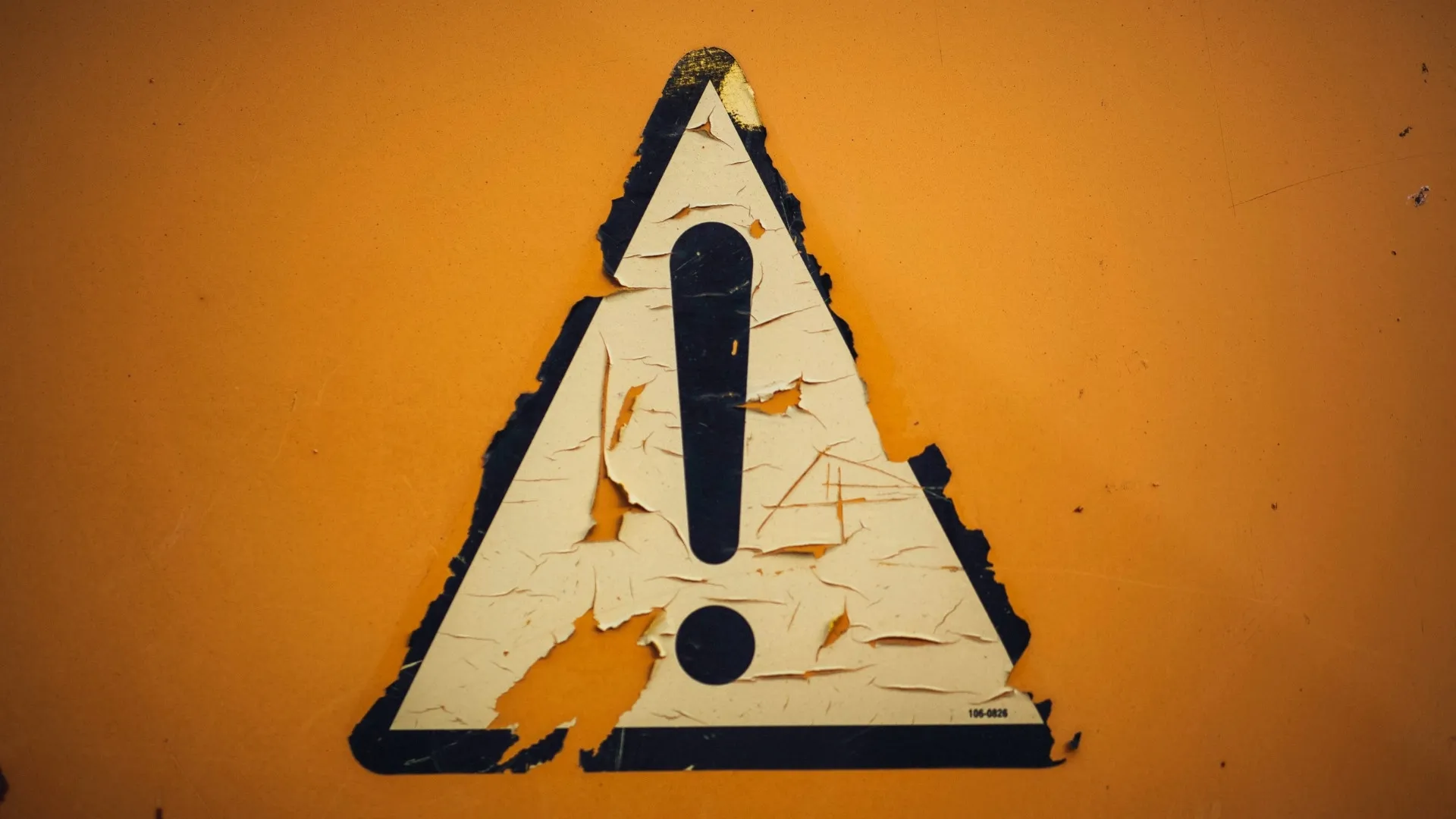Fundraising in a Storm Season, Volume 2: Mitigating Risk in a Storm Season
Risk mitigation in fundraising isn't about eliminating all possible threats—that's impossible. Instead, it's about building a fundraising program resilient enough to withstand various challenges without capsizing your mission.

1. Diversification: Your First Line of Defense
The single most important risk mitigation strategy is diversification. Organizations that rely heavily on one funding source—whether it's a major donor, a particular event, or government funding—are extraordinarily vulnerable. Consider these 3 diversification strategies:
- Revenue Stream Variety: Aim for a healthy mix of individual donors, foundation grants, corporate partnerships, and earned income. A good rule of thumb: no single funding source should exceed 30% of your total revenue.
- Donor Pyramid Balance: Ensure you're not top-heavy with a few major donors. While major gifts are valuable, a robust mid-level and grassroots giving program provides stability when major donors face their own financial challenges.
- Geographic Diversification: If possible, expand your donor base beyond a single geographic area. Regional economic downturns affect giving patterns, and having supporters across different regions provides insulation.
2 .Building Your Financial Storm Shelter
Financial reserves aren't luxury items—they're necessities. Organizations should aim for operating reserves that could cover at least three to six months of expenses. Some practical steps for building reserves:
- Board-Designated Reserve Policy: Create a formal policy that designates a percentage of budget surpluses to go directly into reserves.
- Reserve Fundraising Campaign: Consider a special campaign specifically for building reserves. Frame it to donors as "ensuring our mission continues regardless of external circumstances."
- Scenario Planning: Regularly run financial scenarios with your team. What would you do if donations dropped by 15%? 30%? 50%? Having these conversations before a crisis creates clarity during one.
3. Relationship Management as Risk Mitigation
Strong relationships with donors, board members, and community partners act as buffers during difficult times:
- Transparent Communication: Donors who understand your organization's needs and challenges are more likely to stick with you during tough periods.
- Regular Engagement: Don't wait for a crisis to deepen relationships. Regular, meaningful engagement creates loyalty that withstands external pressures.
- Donor Stewardship Programs: Formalized stewardship ensures donors feel valued and informed, making them more likely to maintain or increase support during challenging times.
4. Technology and Data: Your Early Warning System
Modern fundraising tools provide invaluable insights that can help you spot potential storms before they arrive:
- Retention Rate Monitoring: A sudden drop in retention rates often signals broader issues.
- Pledge Fulfillment Tracking: Slowing pledge payments may indicate economic challenges affecting your donors.
- Giving Pattern Analysis: Look for unusual patterns in giving frequency, amount, or channel preference—these often precede larger shifts.
Remember, the goal isn't to avoid storms entirely—that's impossible. Instead, build a fundraising program resilient enough to navigate through turbulent times while continuing to advance your mission. The organizations that invest in risk mitigation during calm periods are the ones that not only survive storms but often emerge stronger on the other side.
SOAR is here to support your as you navigate your storm season. Contact us today at info@soar.partners to learn more about our risk mitigation strategic support.
.svg)





